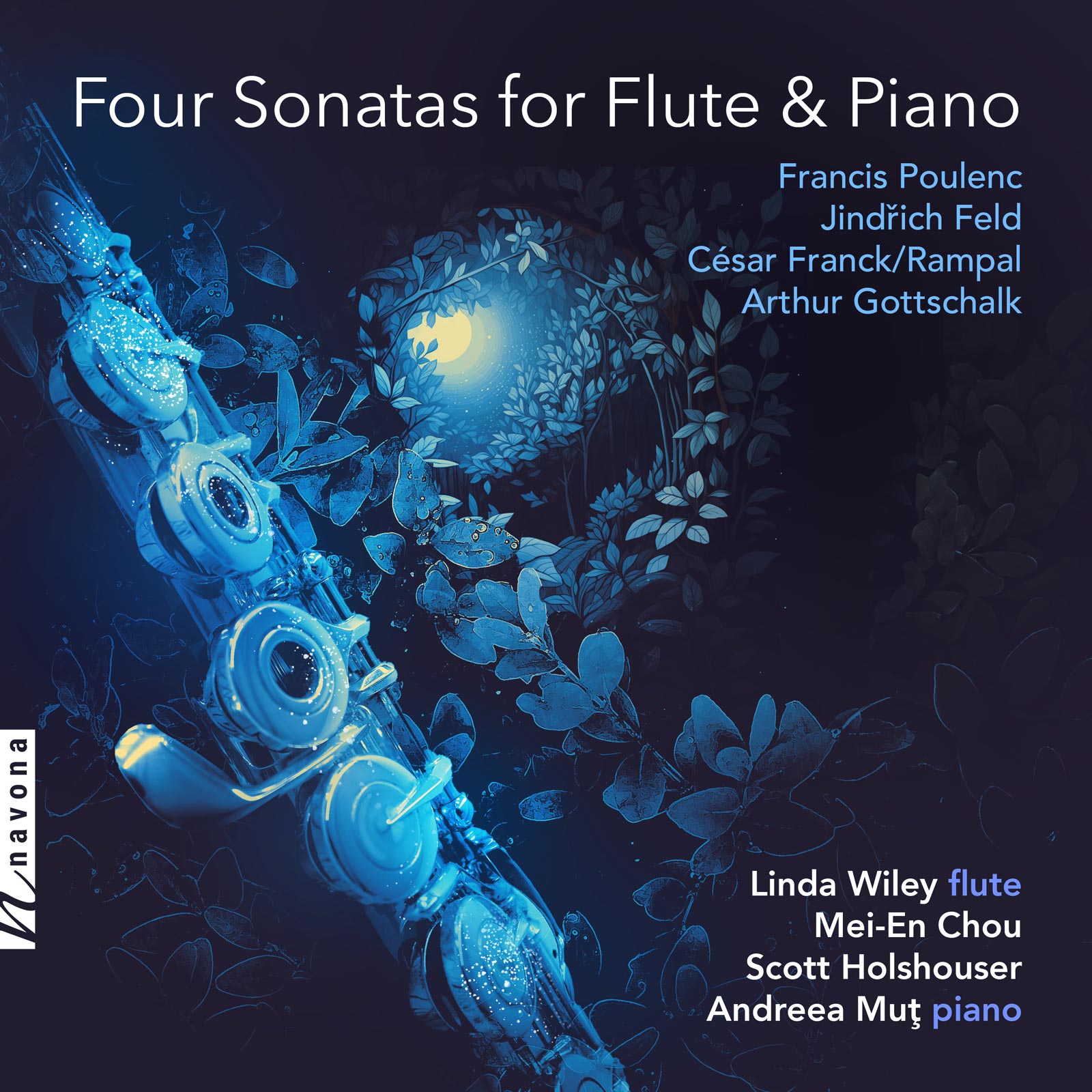Four Sonatas for Flute & Piano
Francis Poulenc composer
Jindřich Feld composer
César Franck composer
Jean-Pierre Rampal transcriber
Arthur Gottschalk composer
Linda Wiley flute
Mei-En Chou piano
Scott Holshouser piano
Andreea Muţ piano
Virtuoso Linda Wiley performs four flute sonatas from 19th and 20th century composers on FOUR SONATAS FOR FLUTE AND PIANO. The album fulfills her aspiration to record pieces that are both challenging and also personally meaningful to her. These include Sonata For Flute And Piano by Francis Poulenc, Sonate Pour Flûte Et Piano by Jindřich Feld, Sonata In A Major by César Franck, and Recuerdos De Mexico, Sonata for Flute and Piano by Arthur Gottschalk. Many of the works share a connection to legendary French flutist Jean-Pierre Rampal; Wiley’s flute mentor Jan Cole studied under Rampal for five years, and Wiley is proud to carry on her musical lineage in this Navona Records release.
Listen
Stream/Buy
Choose your platform
Track Listing & Credits
| # | Title | Composer | Performer | |
|---|---|---|---|---|
| 01 | Sonata for Flute and Piano: I. Allegro malinconico | Francis Poulenc | Linda Wiley, flute; Mei-En Chou, piano | 5:01 |
| 02 | Sonata for Flute and Piano: II. Cantilena | Francis Poulenc | Linda Wiley, flute; Mei-En Chou, piano | 4:21 |
| 03 | Sonata for Flute and Piano: III. Presto giocoso | Francis Poulenc | Linda Wiley, flute; Mei-En Chou, piano | 3:42 |
| 04 | Sonate pour flûte et piano: I. Allegro giocoso | Jindřich Feld | Linda Wiley, flute; Andreea Muţ, piano | 4:32 |
| 05 | Sonate pour flûte et piano: II. Grave | Jindřich Feld | Linda Wiley, flute; Andreea Muţ, piano | 9:15 |
| 06 | Sonate pour flûte et piano: III. Allegro vivace | Jindřich Feld | Linda Wiley, flute; Andreea Muţ, piano | 6:39 |
| 07 | Sonata in A Major: I. Allegretto ben moderato | César Franck, trans. Jean-Pierre Rampal | Linda Wiley, flute; Scott Holshouser, piano | 5:26 |
| 08 | Sonata in A Major: II. Allegro | César Franck, trans. Jean-Pierre Rampal | Linda Wiley, flute; Scott Holshouser, piano | 7:38 |
| 09 | Sonata in A Major: III. Recitativo - Fantasia | César Franck, trans. Jean-Pierre Rampal | Linda Wiley, flute; Scott Holshouser, piano | 6:49 |
| 10 | Sonata in A Major: IV. Allegretto poco mosso | César Franck, trans. Jean-Pierre Rampal | Linda Wiley, flute; Scott Holshouser, piano | 5:59 |
| 11 | Recuerdos de Mexico: I. Huapango | Arthur Gottschalk | Linda Wiley, flute; Mei-En Chou, piano | 4:53 |
| 12 | Recuerdos de Mexico: II. Llorona | Arthur Gottschalk | Linda Wiley, flute; Mei-En Chou, piano | 5:07 |
| 13 | Recuerdos de Mexico: III. Yaqui | Arthur Gottschalk | Linda Wiley, flute; Mei-En Chou, piano | 4:26 |
Recorded December 12, 2022 & June 6, 2023 at Wire Road Studios in Houston TX
Session Engineer Andrew Bradley
Editing & Mixing Andrew Bradley
Mastering Melanie Montgomery
Executive Producer Bob Lord
VP of A&R Brandon MacNeil
A&R Chris Robinson
VP of Production Jan Košulič
Audio Director Lucas Paquette
VP, Design & Marketing Brett Picknell
Art Director Ryan Harrison
Design Edward A. Fleming, Morgan Hauber
Publicity Kacie Brown
Digital Marketing Manager Brett Iannucci
Artist Information
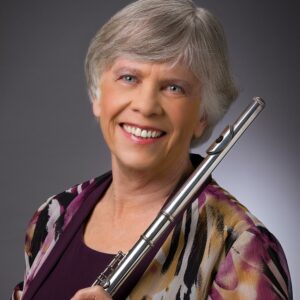
Linda Wiley
Flutist Linda Wiley studied at Sam Houston State University in Huntsville TX, earning a B.M. Education degree in 1975 and an M.A. in performance in 1977. While at SHSU, she studied flute with Jan Cole, who had studied privately with Jean-Pierre Rampal for five years. Unrelated to flute performance, Wiley earned a Ph.D. in interdisciplinary education from Texas A&M University in 1986.
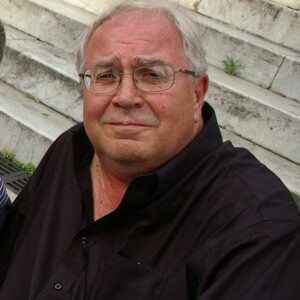
Arthur Gottschalk
Arthur Gottschalk is Professor of Music Composition at Rice University’s Shepherd School of Music, where he founded and directed the school’s electronic music laboratories until 2002, and chaired the composition and theory department for 15 years. His early work as a studio musician led to his co-founding of Modern Music Ventures, Inc., a company which held a recording studio complex, a record production division, four publishing firms, and an artist management division, and for whom he produced records for the PolyGram and Capitol labels, among others.
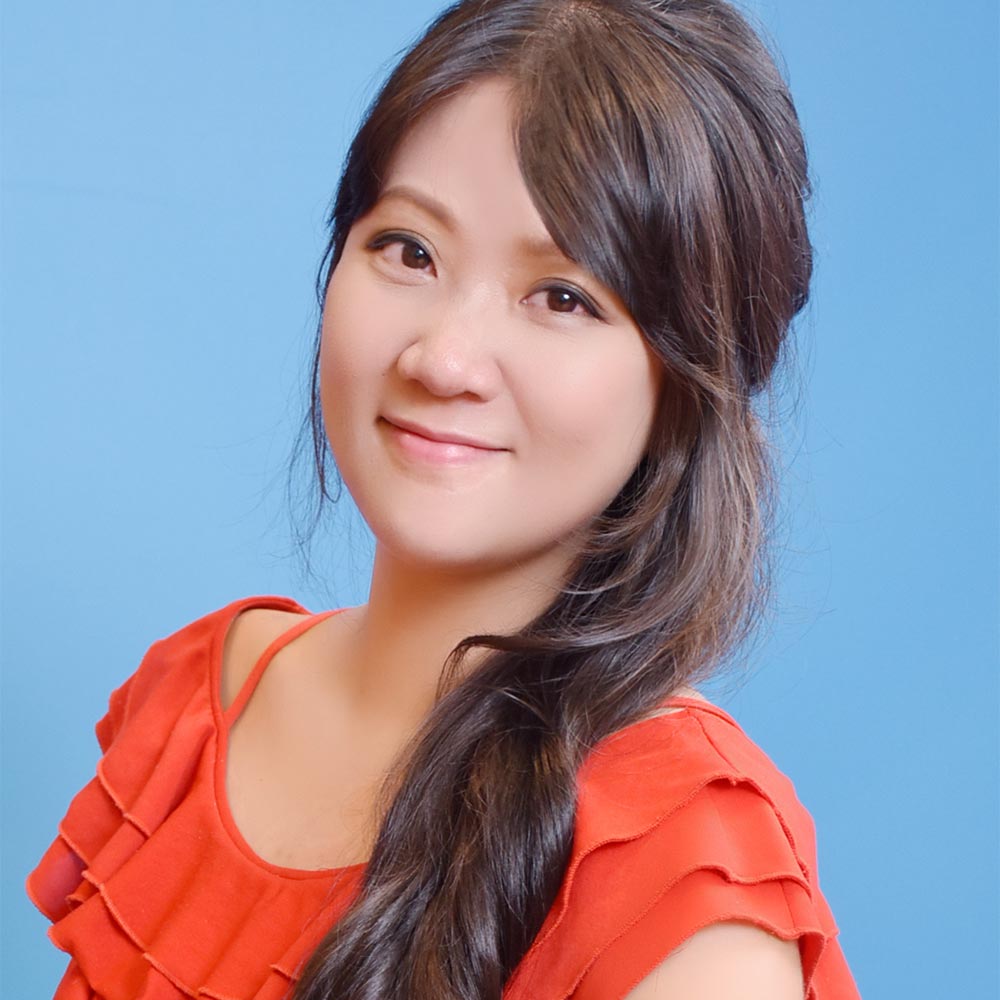
Mei-En Chou
International-trained pianist Mei-En Chou grew up surrounded by classical music and developed a passion for music and life. Seeking to inspire diverse audiences through performance and teaching, Chou maintains a private studio, teaches at Tallowood Academy of Fine Arts, and is a freelance pianist in the Houston area. With a love of chamber music, she has shared the stage with distinguished performers in many states and has appeared as a soloist with several orchestras. As a passionate teacher who loves sharing music with others, Chou taught at Louisiana College (Pineville LA) as an Assistant Professor and Artist in Residence from 2008-2016 and has served as an adjudicator for competitions and festivals. Chou holds a doctoral degree in Piano Accompanying and Chamber Music at Eastman School of Music, under the tutelage of Jean Barr. She also attended the Collaborative Piano Program at the Aspen Music Festival and School in 2018. She earned her Master’s in Piano Performance from the University of North Texas with Pamela Mia Paul, and received a bachelor’s degree from National Taiwan Normal University. In her spare time, she enjoys traveling with her husband Henry Chen and observing the antics of their neighborhood ducks. More info about her can be found at meienchou.com
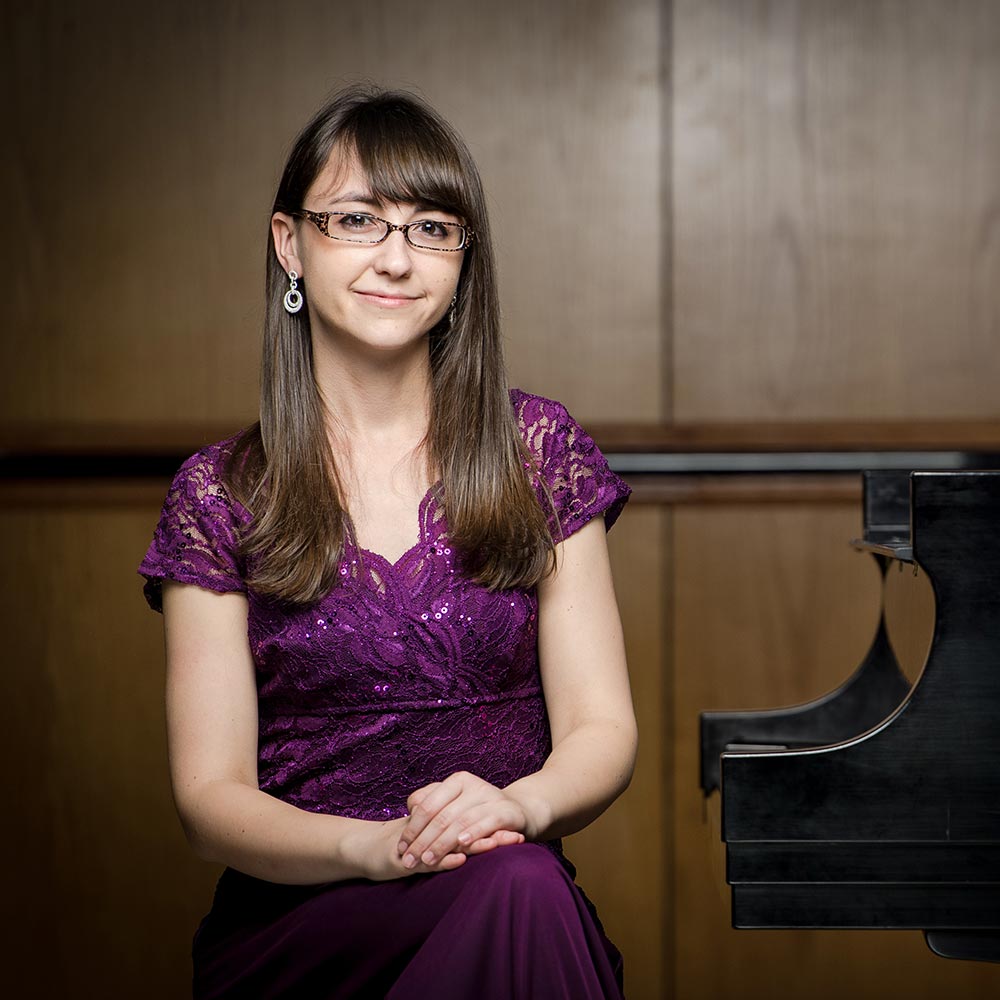
Andreea Muţ
Andreea Muţ is a prolific collaborative pianist and educator based in Houston TX. She has performed recitals throughout Romania, France, Spain, Colombia, Mexico, and the United States, and won numerous prizes in national and international competitions in her native Romania. She moved to Texas in 2009, and completed her Doctorate in Collaborative Arts at the University of Houston in 2015.
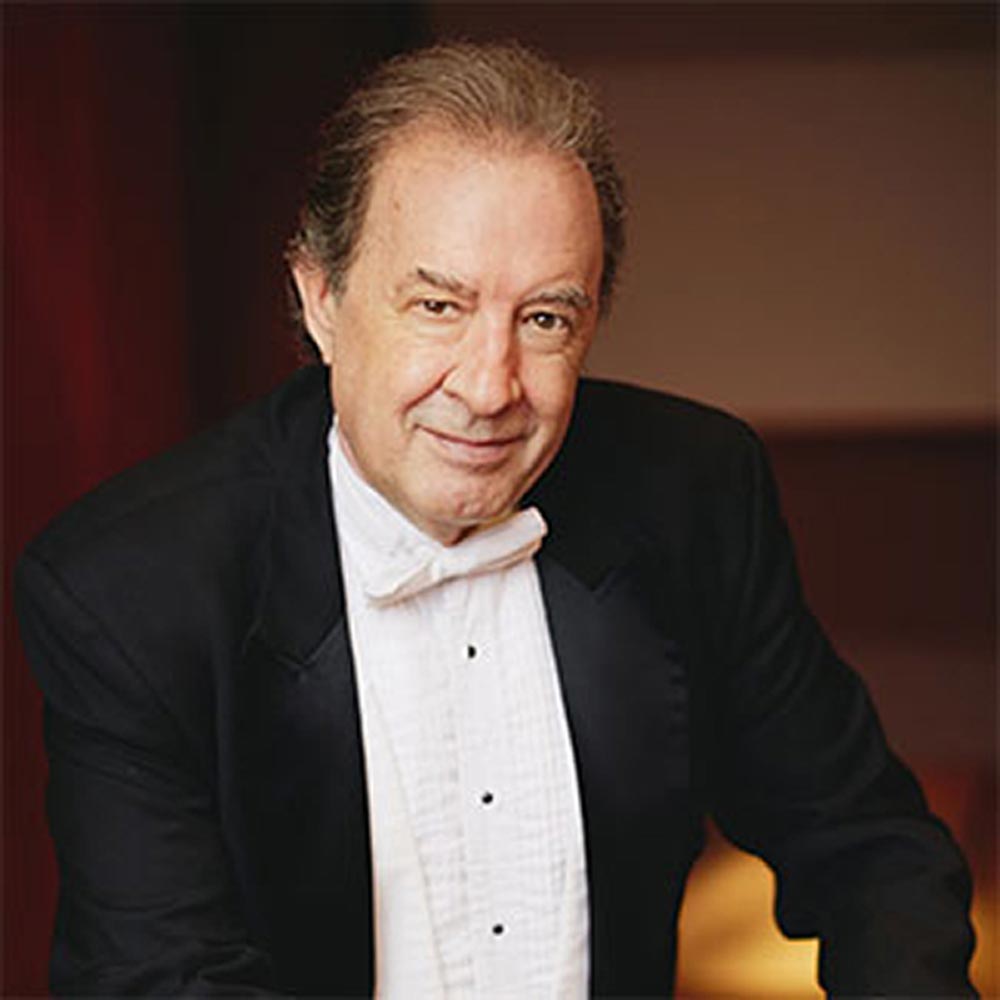
Scott Holshouser
Scott Holshouser, principal keyboardist with the Houston Symphony, has been a member of the orchestra since 1980. He began his musical training in Athens GA and attended Florida State University before moving to Houston to continue his studies at the University of Houston. He is now a member of the faculty at the University of Houston’s Moores School of Music.
He is a former staff pianist with the Houston Ballet and the Houston Grand Opera and presently is the accompanist for the Houston Symphony Chorus, the Ima Hogg National Young Artist Competition, and the Corpus Christi Young Artist Competition.
